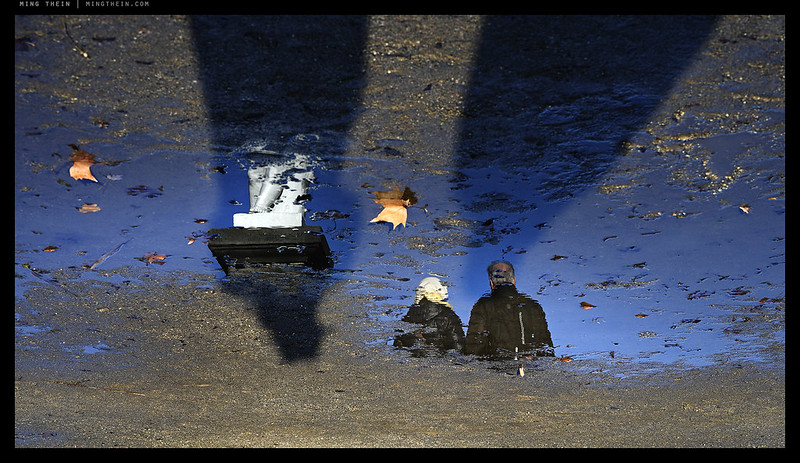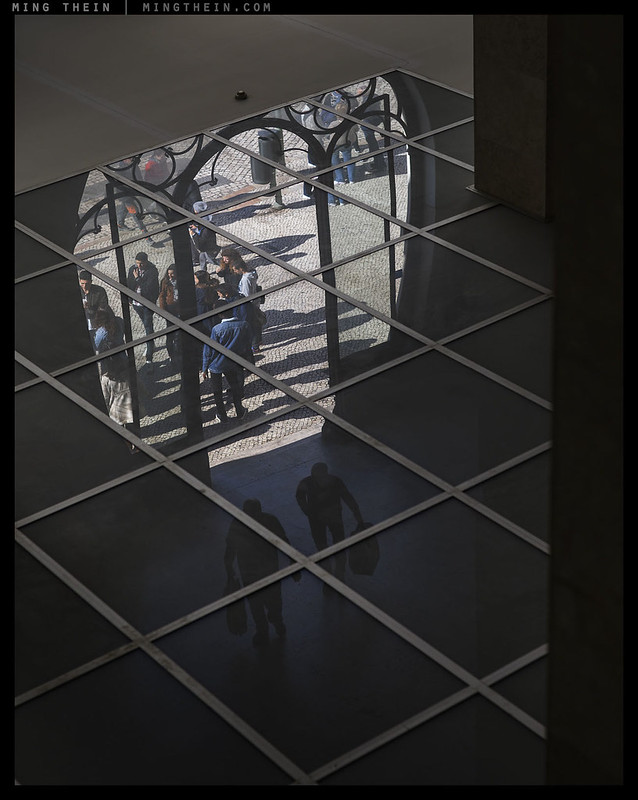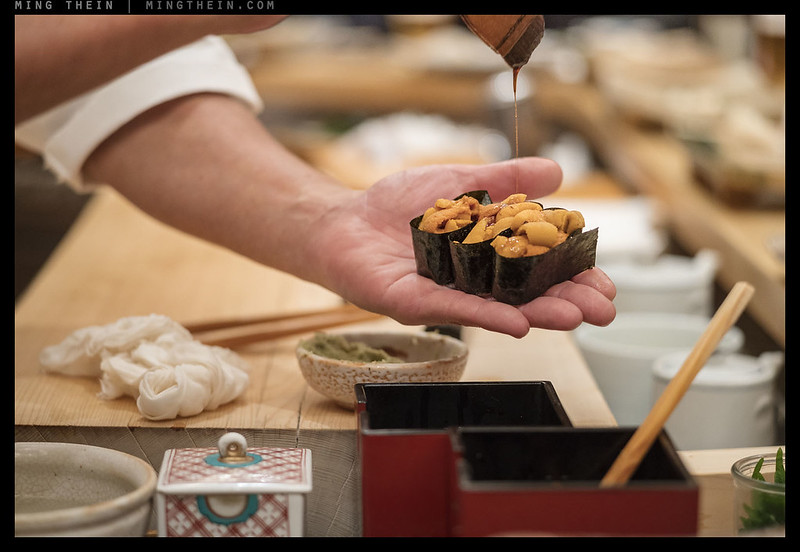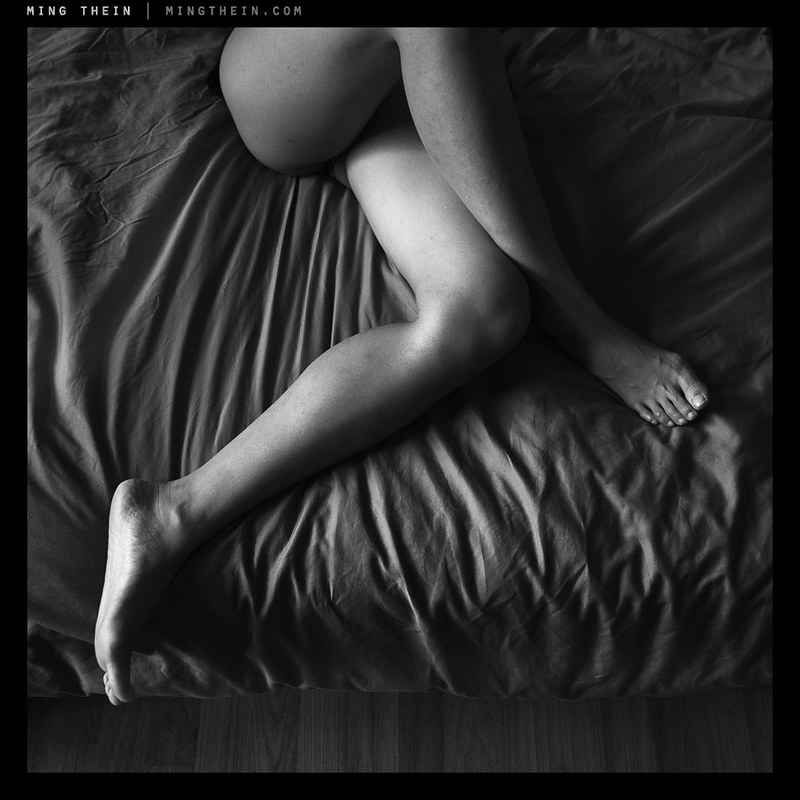
In a sense, this entire site has revolved around these three topics*: the way we experience it and share this experience with others (psychology, and to some degree, physiology), and the way we interpret it (philosophy) – expressed by means of a static, 2D visual medium (photography). Today I’m going to attempt to tie it together in a deceptively simple way in today’s post: photography is capturing a still image. Good photography is capturing something unique or transient and sharing it; really exceptional photography says something meaningful about the subject and the interpretation – and in a way that an external audience can understand.
*Despite what others may think about my views on or approach towards hardware: that is merely a means to an end, and I think sufficiently resolved now to the point of being effectively unimportant.











